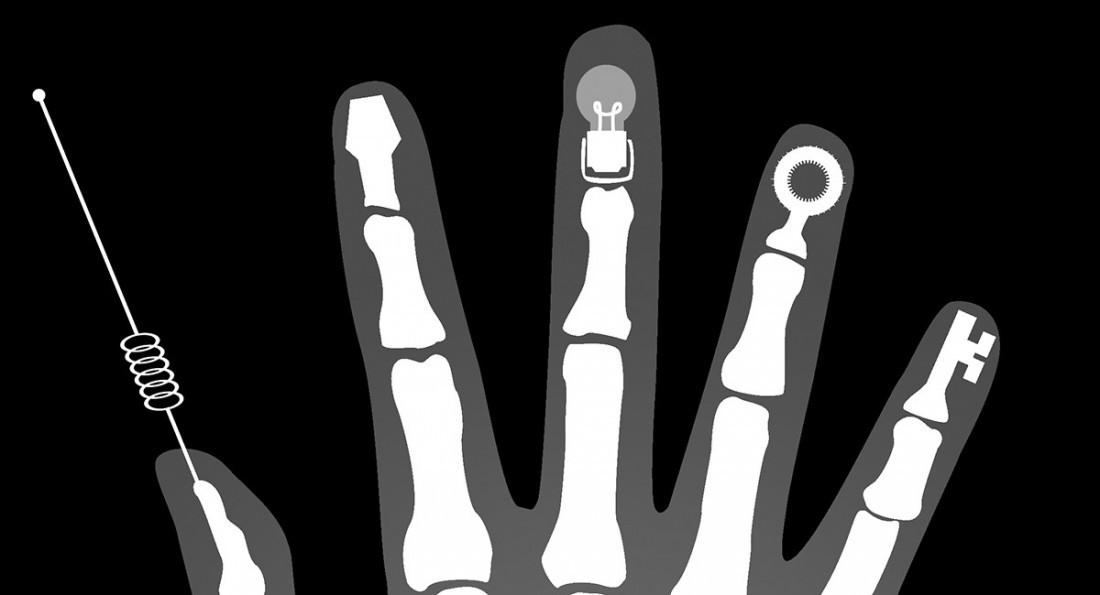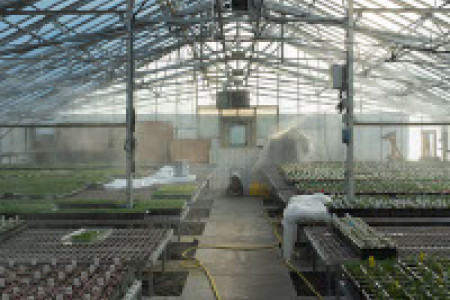The daily grind
A glimpse into biohacking may be a glimpse into our future
While doing research on current technology, I came across a concept that sounded so much like science fiction, I was surprised to find that it wasn’t being done in a lab, but in people’s basements and garages.
“Transhumanism” is the ideology that we can enhance ourselves physically or cognitively through machines or electronics. Followers of this belief will seek out information on how to progress humanity to the next level, which they refer to as “post-human.” People who actively find ways to hack or improve the human body are called “grinders” – they experiment with what’s known as “biohacking”, using themselves as guinea pigs.
Grinders come in all shapes and sizes, from the home tinkerer to the educated elite.
“ People who actively find ways to hack or improve the human body are called “grinders” – they experiment with what’s known as “biohacking”, using themselves as guinea pigs.
Kevin Warwick is a professor in the field of cybernetics at the University of Reading, England. In 1998, Warwick implanted a radio-frequency identification (RFID) chip into his arm which allowed him to do simple tricks such as opening doors or logging onto his computer when he was within range. Four years later he implanted an electrode array into his left arm that allowed him to control a robotic arm in Columbia University in New York from his offices in the UK. The robotic arm would mimic his own movements and return sensory feedback to the nerves in his real arm.
Rich Lee, a salesman, implanted magnets into his ears that work as wireless headphones. He had the implants put in when he realized he was losing his eyesight. Once he loses his sight, he plans on using the implants to give him echolocation - like a bat.
Lepht Anonym is a grinder known for her trial and error method of biohacking. Her modifications are self-inflicted in a kitchen using items around the house such as vodka and a vegetable peeler. She embodies the homebrew nature of grinding, but is considered by others in the community to be reckless in her pursuit of self-improvement.
Grindhouse Wetware is an open group devoted to safe biohacking, while keeping their projects affordable and open source. Several project schematics are available on their website for users to download and work on.
One project is the Bottlenose, which takes sensor data and translates it to a magnetic field that’s picked up by a user’s magnetic implant. It can be modified to detect motion, or turn the user into a human Geiger counter.
Grindhouse Wetware founder Tim Cannon went under the knife, without anesthetic, and implanted a device known as a Circadia in his left forearm. The device transmits Cannon’s biomedical information to nearby Android devices. The Circadia is roughly the size of a phone, sitting below the skin. The device charges wirelessly, providing data through Bluetooth and has LED lights that light up providing base information to the user.
The transhumanism movement sounds like something that would come out of a William Gibson novel, but it just might be the next step in humanity’s growth. These pioneers may seem like they’re dabbling in things they shouldn’t, but the potential of biohacking is difficult to ignore.
Published in Volume 68, Number 10 of The Uniter (November 6, 2013)






